

In an effort to gather more information regarding how schools of architecture are adapting to the COVID-19 crisis, Archinect has reached out to a collection of architecture deans and program chairs for specific insight into how each institution is responding to the crisis.
The first installment of a three-part, COVID-19-specific Deans List update explores the fast-paced changes that are taking place at these institutions as uncertainty and rapid-response approaches become a matter of daily life. We asked the architecture educators below to provide a general statement regarding how their institutions are handling the pandemic. The second installment of this series will cover how COVID-19 has impacted traditional end-of-the-year activities like final reviews, thesis exhibitions, and other events. Part three will focus on the potential long-term impacts of the COVID-19 crisis on architectural education.
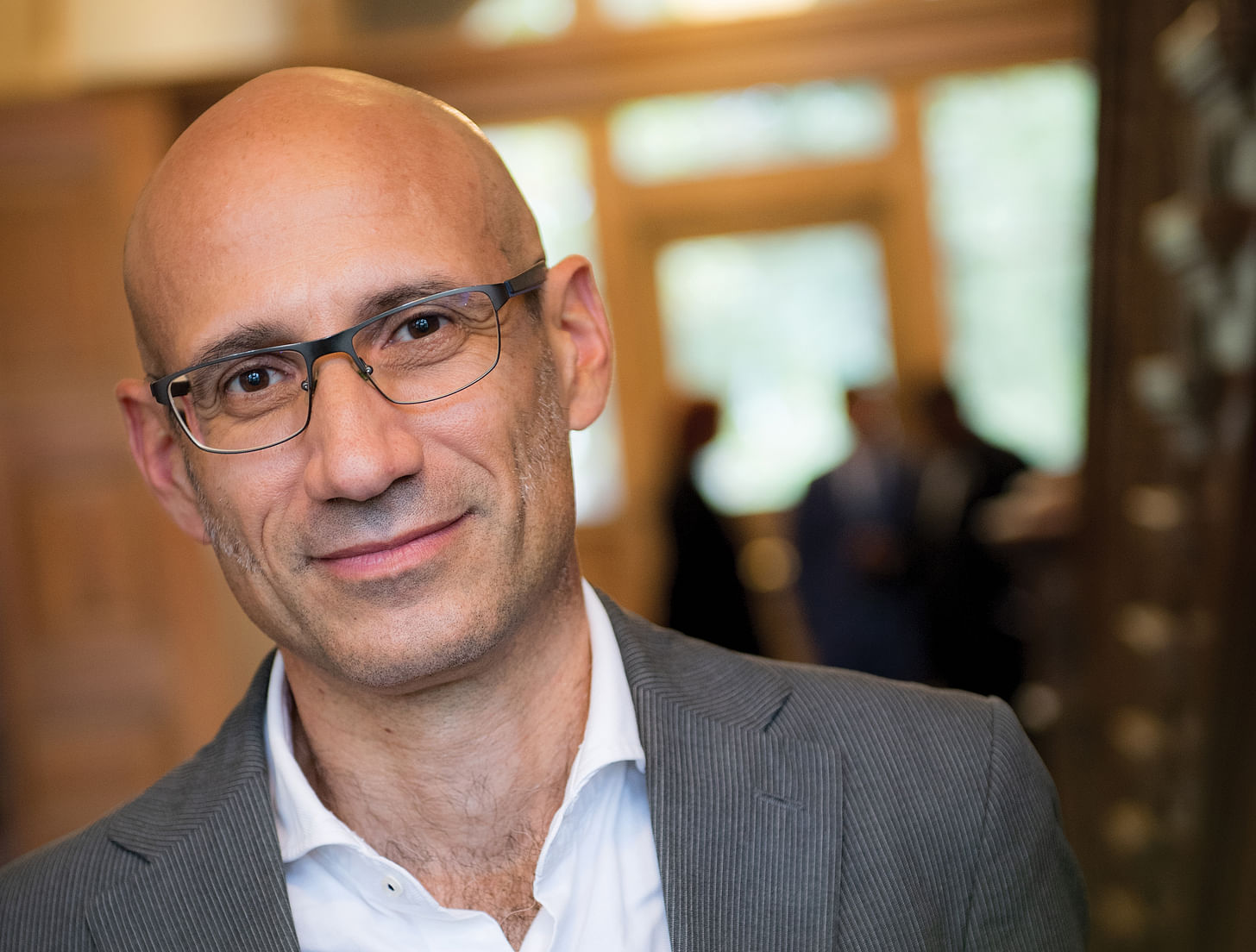
Iñaki Alday, Dean & Koch Chair in Architecture, Tulane University School of Architecture
While the switch is never easy, in a way we had the tools, protocols, and training ready: from shipping computers to our students’ homes and providing with virtual machine access, to digital systems of exchange.
Tulane University and the School of Architecture are probably in a special place in a circumstance like this one due to our preparation of hurricanes and climatic events. While the switch is never easy, in a way we had the tools, protocols, and training ready: from shipping computers to our students’ homes and providing with virtual machine access, to digital systems of exchange. We took a week without classes to get ready and travel, and adjusted all our syllabus to the new delivery method. And we have discovered new difficulties but also quite unexpected opportunities, as with the online teaching of street sketching, which much more efficient through the instructor teaching with a tablet while each student works in her or his own street.
[Our] students moved swiftly to engage in social media for peer to peer feedback and keeping up with their classmates. They used their experience to design spaces in their homes to continue their classes, and in many instances, have helped their families figure out the many technological challenges of having to work/learn from home.
Over the past two years at Kent State Architecture, we have been working rigorously in the integration of technology to all aspects of the curriculum. The COVID-19 situation has offered many challenges, but at the same time, it has open opportunities to continue and strengthen this mission. Our professors transitioned to remote teaching within one week, incorporating an array of platforms for video conferencing, whiteboards, and new modalities for delivering content. In parallel, students moved swiftly to engage in social media for peer to peer feedback and keeping up with their classmates. They used their experience to design spaces in their homes to continue their classes, and in many instances, have helped their families figure out the many technological challenges of having to work/learn from home. While these times are indeed strange and have exacerbated the digital divide, they have pushed us out of our comfort zone to test new formats, to value our physical environment, and to learn new tools to improve the way we teach and learn.

Lesley Lokko, Dean, Bernard and Anne Spitzer School of Architecture, City College of New York (CCNY)
In retrospect, the speed with which everyone adapted to the new normal was the most astonishing takeaway. Within a week, we were online, on air and (more or less) on point.
In retrospect, the speed with which everyone adapted to the new normal was the most astonishing takeaway. Within a week, we were online, on air and (more or less) on point. We're a public school with a very diverse community of students, staff, and faculty. For many of our students, getting through the program(s) has already meant a great deal of sacrifice and sheer determination. I'd hazard a guess and say those qualities have helped the school get through the myriad challenges of real-time, hour-by-hour decision-making in a situation that was often more fluid than any of us cared to admit.
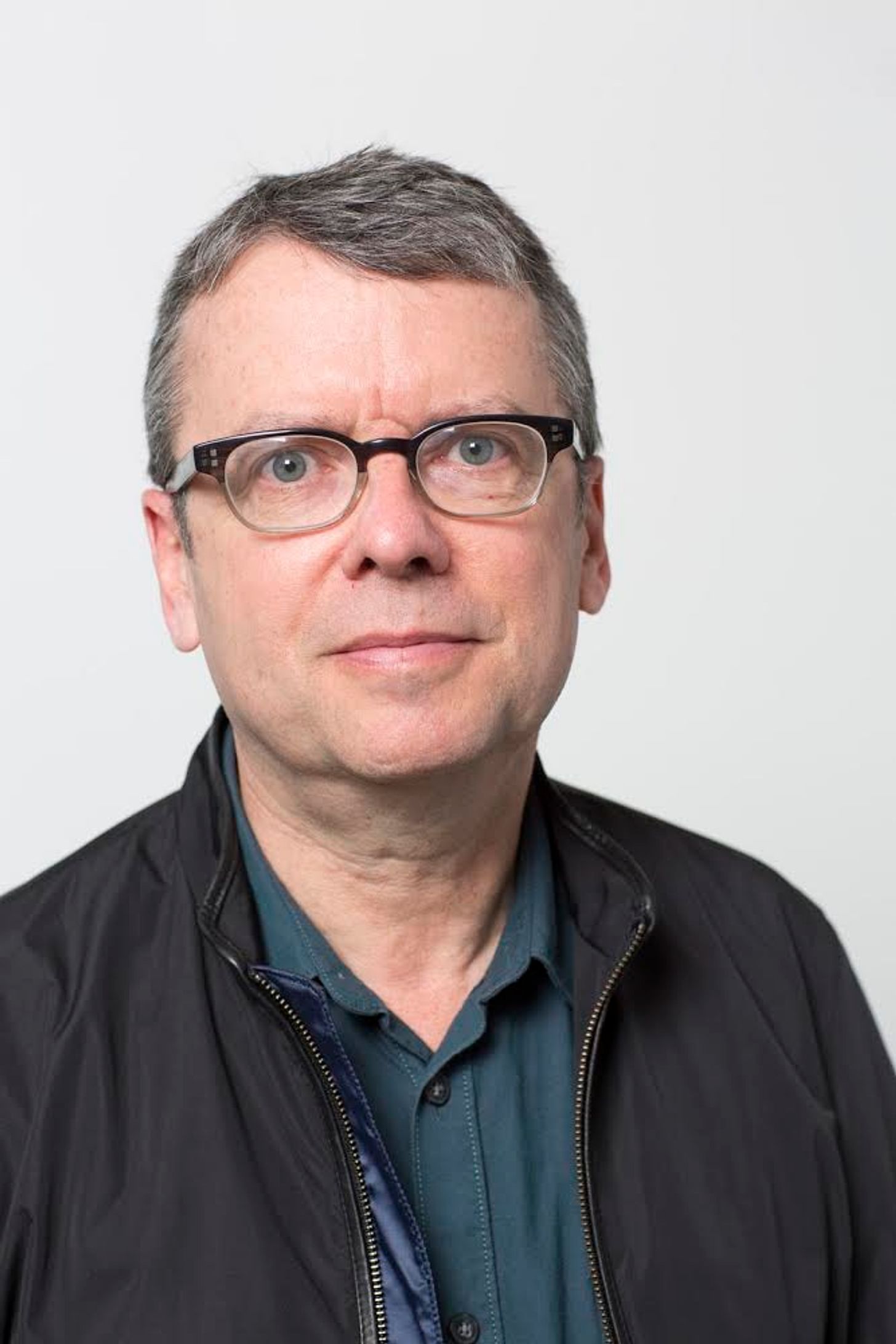
For students that are in a different time zone we need to provide options so they can engage with those that are in the Seattle area. This has asked instructors to be creative about how to work with the remote students.
Our school is a slightly unique situation in that we are on the quarter system, so the original restrictions began during the last week of classes in winter quarter so they applied to one week of classes and exam week (final exams and reviews). We then had one week to plan for a spring quarter that is being taught fully online.
One of the unique aspects is that in completing winter quarter, we were able to adopt a hybrid solution. We were not able to meet with the students in person, but the students were allowed to continue to work in their studio spaces and the support labs and libraries. The final reviews, however, were fully online and basically all used the Zoom platform.
This hybrid approach then had to embrace the further restrictions that were put into place for spring quarter. We are not able to meet face-to-face with students and the students are not able to work in their studio spaces. As a result many students have left the campus and the Seattle area. I would say that around 25% of the students are either spread out across the country or even across the globe.
We have adapted by continuing to use the Zoom platform, but have had to combine synchronous and asynchronous teaching. For students that are in a different time zone we need to provide options so they can engage with those that are in the Seattle area. This has asked instructors to be creative about how to work with the remote students.
We have also had to deal with the lack of community that is typically present in architecture programs. For some classes this has led to ways of working with the students that may even be more engaging than an in-person class—such as using meeting rooms in Zoom that allow students to engage each other at a more intimate scale.

Rahul Mehrotra, Dean Designate, Harvard Graduate School of Design
almost literally overnight, the GSD went from having one online course in its history to hundreds. In retrospect, it amazes me to think how unprecedented and dramatic this transition was.
Above all, the academic experience the GSD offers our students is critical no matter the circumstances, as is the health and security of our community. We have pivoted to providing high-quality courses and studios virtually in digital format, delivering the academic resources and support our students and faculty need to succeed in this new condition. To make the education experience meaningful is central to our agenda and mission. To this end, in mid-March, almost literally overnight, the GSD went from having one online course in its history to hundreds. In retrospect, it amazes me to think how unprecedented and dramatic this transition was. All segments of the GSD community rose to the challenge and interlocked our collective mental flexibility and grit toward getting each of our courses and studios set up digitally. In the process, some surprising revelations emerged: with Zoom as our pedagogical and now literal frame, professors suddenly could see and hear each, individual student, learn their names like never before, and register reaction during a class or a seminar; we all have experimented with new ways of conducting detailed crits in the less direct space of digital learning, with screen-sharing becoming the new trace paper and Instagram becoming, more formally than before, a communal pin-up space. A school’s success relies on the strength as well as nimbleness of its community to adapt to constraints and challenges. While we are still experimenting with what works optimally for virtual design learning, the changes we’ve made thus far have been encouraging. The shift in mindset around these challenges has been a revelation, and we are beginning to see what is genuinely possible, even optimal, in terms of virtual teaching.
David Mohney, Dean, Michael Graves College, Kean University and Wenzhou-Kean University
We had one slight advantage as we pivoted to this new method of teaching: we had gone through a similar effort six weeks earlier for our campus in Wenzhou, China, where we converted an entire semester -- studios, seminars, and lecture classes --to online teaching in response to the virus outbreak there.
We moved mid-semester to online courses, using Google Classroom and Microsoft Blackboard. We had one slight advantage as we pivoted to this new method of teaching: we had gone through a similar effort six weeks earlier for our campus in Wenzhou, China, where we converted an entire semester -- studios, seminars, and lecture classes --to online teaching in response to the virus outbreak there. So the move to online was not a completely new experience for our faculty.

Stephen Philips, Director, Cal Poly LA Metro, Cal Poly San Luis Obispo
As our students are not only being asked to stay home for studio and classes, but are working at home for their internships as well -- our students also had to adjust on a case-by-case basis to changes occurring directly within the profession.
I would not want to speak on behalf of my Cal Poly San Luis Obispo Dean, Associate Dean, and Department Head (Christine Theodoropoulos, Mark Cabrinha, and Margot McDonald) who have all worked admirably round-the-clock with our faculty, staff, and students to adapt to the current crises which still today remains quite fluid. I do of course want to say that their administrative efforts have been remarkable, as has all our faculty, staff, and students at Cal Poly SLO. Faculty had to quickly adjust to teaching an online curriculum to a student body that like most universities were asked to shelter at home. I would say though, after the initial shock, the community has proven very resilient and is settling into the challenges before us.
As we are on the quarter system, our adjustment period is probably a bit different from other universities. Spring quarter final reviews, thesis exhibitions, and other culminating events on the main campus will be taking place I believe online in early- to mid-June; there is still ample time ahead before those happen. For us, the COVID-19 crises hit hard right before our spring break began (i.e. the end of the winter quarter). This created a challenge to quickly move final exams online, but also afforded us spring break to make the many adjustments necessary for returning to the spring quarter. The university most specifically extended spring break an extra week to assist the entire campus make that adjustment.
Here in Los Angeles at Cal Poly LA Metro we have had to adjust very quickly as well. Our annual field trip to New York City/Boston was cancelled and our prominent event series was immediately postponed. Studios, classes, and reviews all had to be moved online. About two-thirds of our students stayed in Los Angeles, while several returned home to be with their families. Those students staying in Los Angeles for the most part live and work in cluster groups based on their roommate living conditions. And we have adapted to meeting online in Zoom Studio sessions altogether for the entire studio period using ConceptBoard and Canvas software – it has been a complex if fairly fluid transition.
As our students are not only being asked to stay home for studio and classes, but are working at home for their internships as well -- our students also had to adjust on a case-by-case basis to changes occurring directly within the profession. Students saw immediately first-hand how offices were being challenged by this crisis and the ensuing recession (depression). Some firms were unable to move online and closed down immediately, letting go of our interns. Some firms have since lost so much work over the past several weeks that they too have had to let go of our student interns. Even some firms interning our students for educational credit (without pay), have been unable to keep their interns working. This has however not been the case for all offices; well over half of our internship firms are still up and running and we have actually gained new ones recently (those working in the health care industry for instance). There doesn’t seem to be clear patterns as to which firms are hurting, surviving, and/or thriving more than others. It does seem to me though that bigger offices are diminishing their operations more so than medium sized firms because there is simply not enough work to keep them going and their transition to online platforms is arguably proving less successfully fluid. I’d also expect large firms may have a harder challenge starting up again as we transition back to work – they will likely have to subdivide themselves into smaller cluster groups if they are to ever meet in person prior to the mass distribution of a vaccine. This of course is case-by-case, some large firms are managing very well it seems. But I do suspect we will eventually see a long-term shift away from these larger office models that have dominated since the past 2008 recession towards smaller, medium-sized firms who are likely to prove more nimble, resilient, and better able to adjust to working in post-Fordist (digital/online) work clusters.
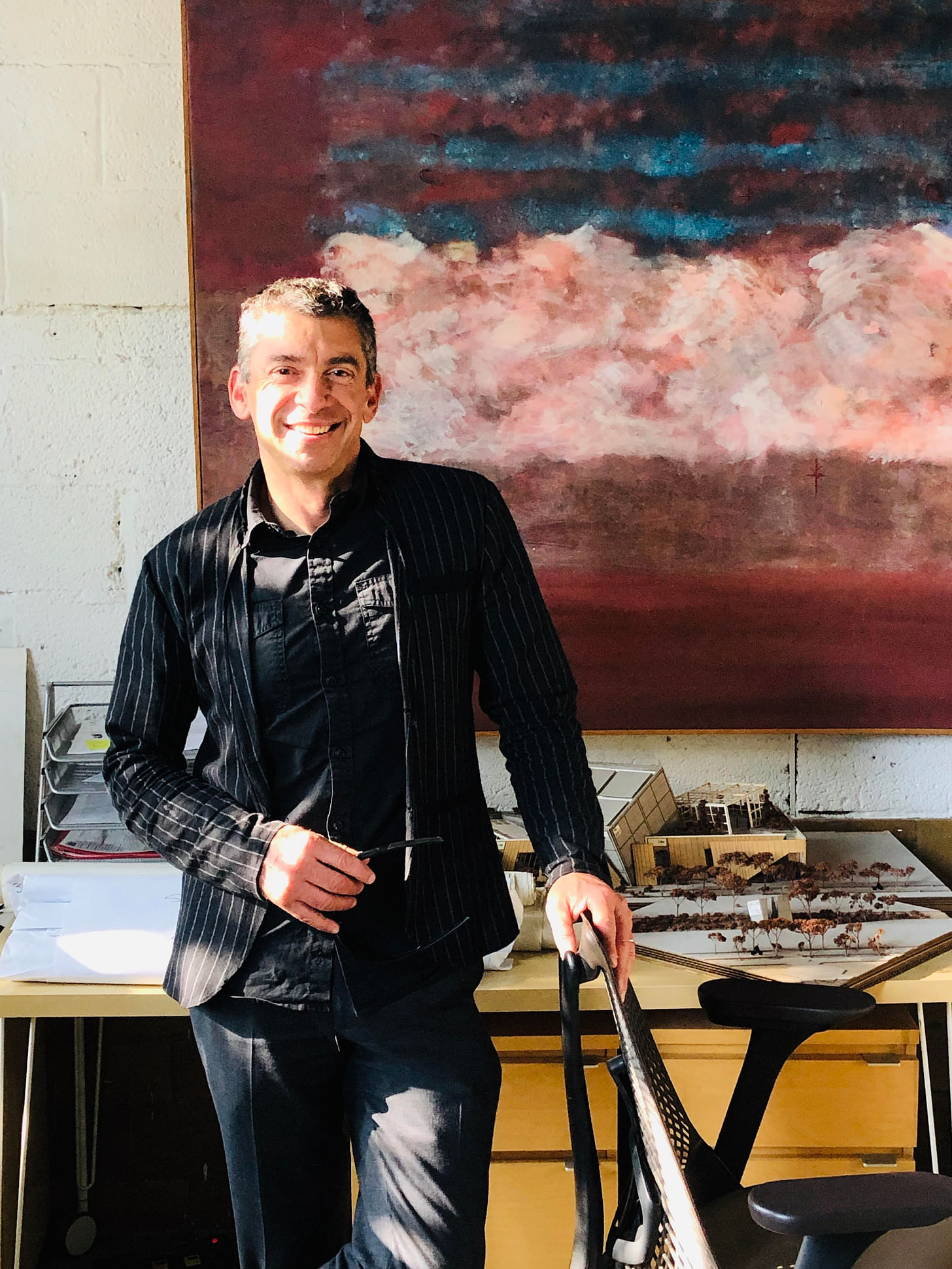
Dan Pitera, Dean, University of Detroit Mercy School of Architecture
Like many schools, we generally teach that the discipline of architecture is centered on more than the things people see. We discussed how this current situation gave us the opportunity to make very visible to our students that an architect’s work can result in thoughtful systems, meaningful experiences, effective processes, digital reviews, singing from balconies, virtual happy hours, online processions, town halls with people spread across the country.
Our School of Architecture faculty, staff and administration came together early in the process and discussed the importance for us to model for our students what it means to adapt to and lead in this real-time situation that was literally changing day-to-day. It was at this initial meeting where our faculty decided to move everything entirely online. Like many schools, we generally teach that the discipline of architecture is centered on more than the things people see. We discussed how this current situation gave us the opportunity to make very visible to our students that an architect’s work can result in thoughtful systems, meaningful experiences, effective processes, digital reviews, singing from balconies, virtual happy hours, online processions, town halls with people spread across the country. In other words, we committed ourselves to not complain about how difficult it was going to be to teach studio online or conduct digital reviews. Instead, and it may sound Pollyannaish, we approached the entire situation like a design problem. We took this position because we needed to provide stability for our students. The use of the word “home” in shelter-at-home, is intended to conjure up feelings of safety, nurture and refuge. But, home is not necessarily a safe space for everyone. The physical space of a home may be a refuge for people like me, but it can be a prison for some and perhaps even harmful to others. We knew that for some of our students, home was not safe. When they were online, we strived to provide them with some sense of support and stability.
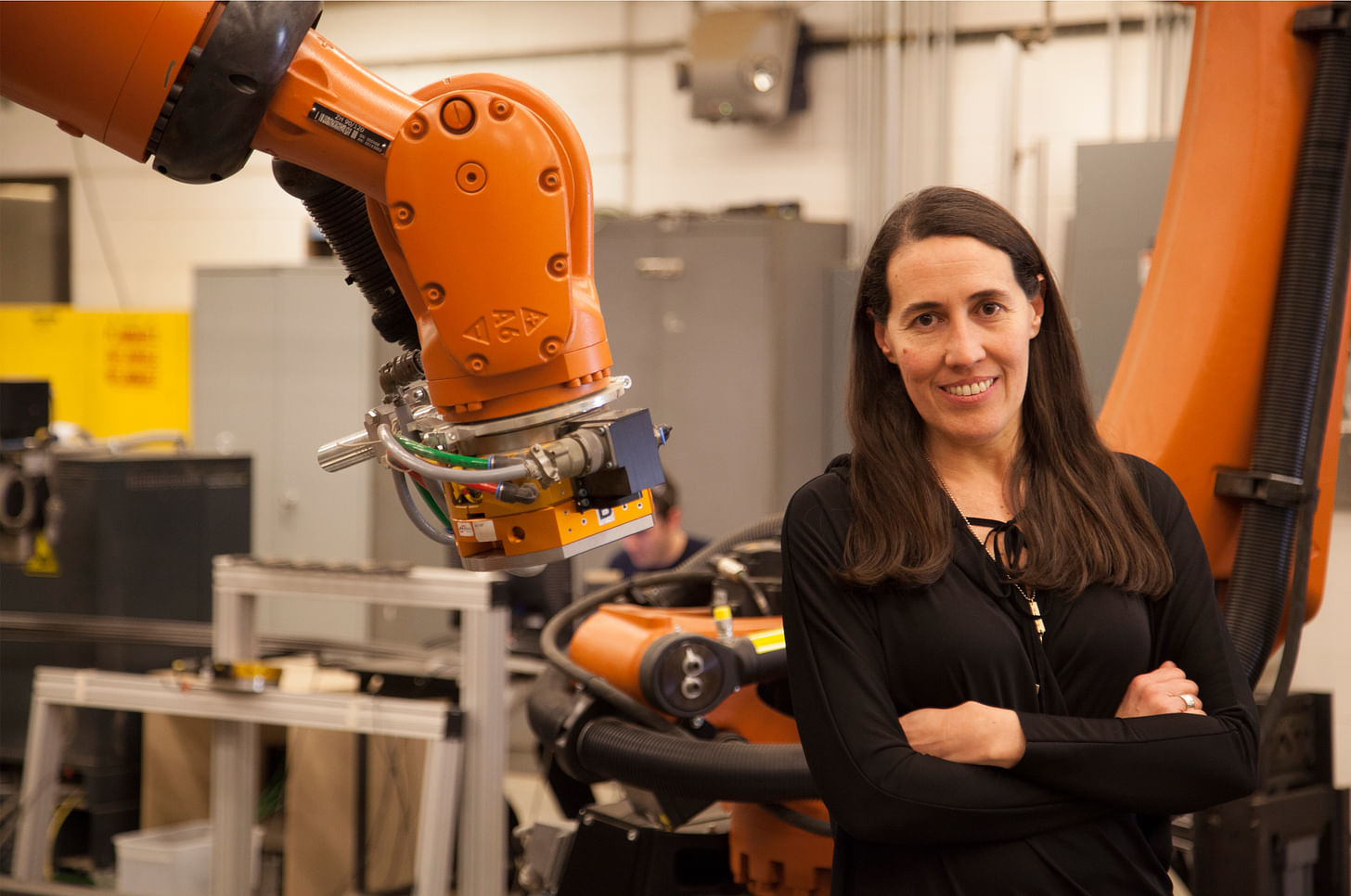
Monica Ponce de Leon, Princeton School of Architecture
We also provided students with direct funding—so that they may buy tools and materials to work from home—by refunding fees and disbursing leftover course budgets.
Princeton SoA reacted immediately, working to transition students and faculty to virtual classes. We also provided students with direct funding—so that they may buy tools and materials to work from home—by refunding fees and disbursing leftover course budgets. Given our small size, we are nimble and targeted support was possible. We are also mindful that many students do not have the technology to work from home. For example, several of our students used the computer lab for coursework. Those students were provided computers to take home, and thesis students whose projects depended on 3-D printing were given a tabletop 3D-printer to take home. These are the kinds of adjustments that are possible to a small institution.
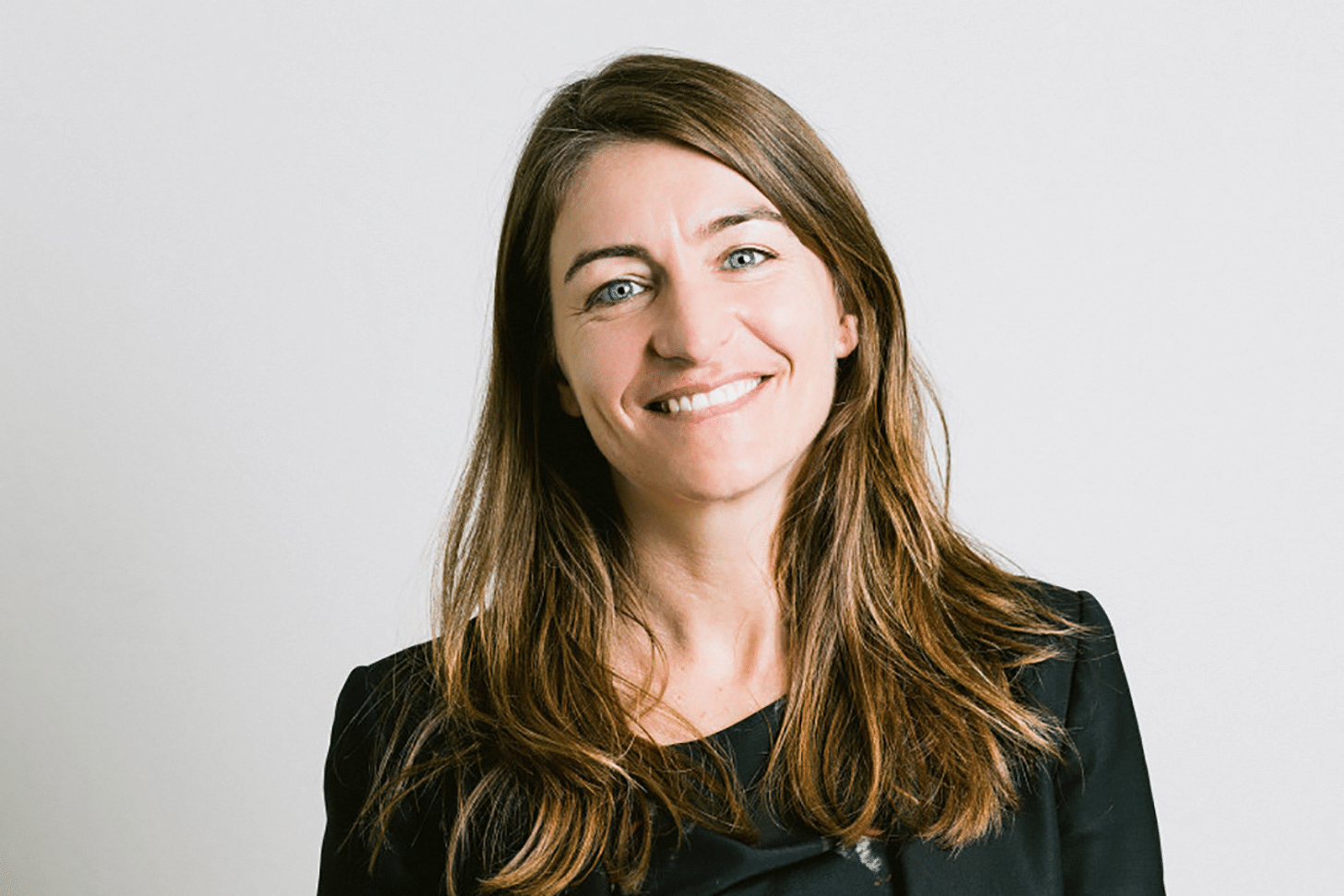
We are also finding new ways to connect despite geographical and social distancing by inviting more colleagues from out of town for virtual lectures, classroom presentations, and reviews.
UCLA has been incredibly proactive in its response to the COVID-19 situation. As an institution it began contingency planning in mid-January and the School of Arts and Architecture began planning in February. We transitioned to remote learning on March 11 and were up and running remotely within 24 hours. Our faculty and students took the news in their stride and managed to conduct final reviews and exams the following week. We are now conducting Spring courses remotely using Zoom, Miro, Camtasia and other software tools. While we’d prefer to return to our studios, classrooms, and workshops, it’s still a pleasure to see familiar faces on Zoom and to continue on with our creative and scholarly work. Students and faculty alike are adapting to the format and finding new opportunities in the previously unfamiliar tools. We are also finding new ways to connect despite geographical and social distancing by inviting more colleagues from out of town for virtual lectures, classroom presentations, and reviews.

Jeff Schnabel, Director, Director, School of Architecture at Portland State University (PSU)
I'm so proud of both our full-time and adjunct faculty keeping our students on track. They just rolled up their sleeves and set about reimagining their course delivery.
Like many institutions, the decision to deliver coursework remotely came suddenly. We had to simultaneously complete the Winter Quarter and prepare for the Spring Quarter without a physical connection to each other or our facilities. I am pleased to report that we have been able to offer all of our Spring courses. I'd like to say that this was possible because of my leadership or that of the University, but in reality it came down to individual faculty creating meaningful remote courses quickly and effectively. I'm so proud of both our full-time and adjunct faculty keeping our students on track. They just rolled up their sleeves and set about reimagining their course delivery. Of course, studio courses presented some of the greatest challenges, but we are staying flexible about the way in which student ideas are developed and presented. In most instances, faculty are developing individual work plans for each student to respond to a student's access to resources.

Sam Fox School faculty and staff are actively redesigning the studio experience, inventing new models of practice to fit the resources at hand, and flexibly addressing a-synchronized learning styles with students from a host of different time zones.
The COVID-19 pandemic represents a unique historic moment — for the world, for the architectural profession, and of course, for the Sam Fox School. As educators, our paramount concern is the health and protection of our community, followed closely by the preservation of a rigorous and supportive learning experience. Students, faculty, and staff must continue moving forward with their vital work.
Sam Fox School faculty and staff are actively redesigning the studio experience, inventing new models of practice to fit the resources at hand, and flexibly addressing a-synchronized learning styles with students from a host of different time zones. As part of Washington University’s larger Maker Task Force, members of our community also are working to aid frontline medical responders by creatively addressing shortages of personal protective equipment.
One strength of the Sam Fox School is the sense of close collaboration and personalized interaction. Beyond what’s happening academically, I’ve been proud to see the caring, compassion, and level of effort our community has exerted to make sure everyone is well and connected.
No Comments
Block this user
Are you sure you want to block this user and hide all related comments throughout the site?
Archinect
This is your first comment on Archinect. Your comment will be visible once approved.